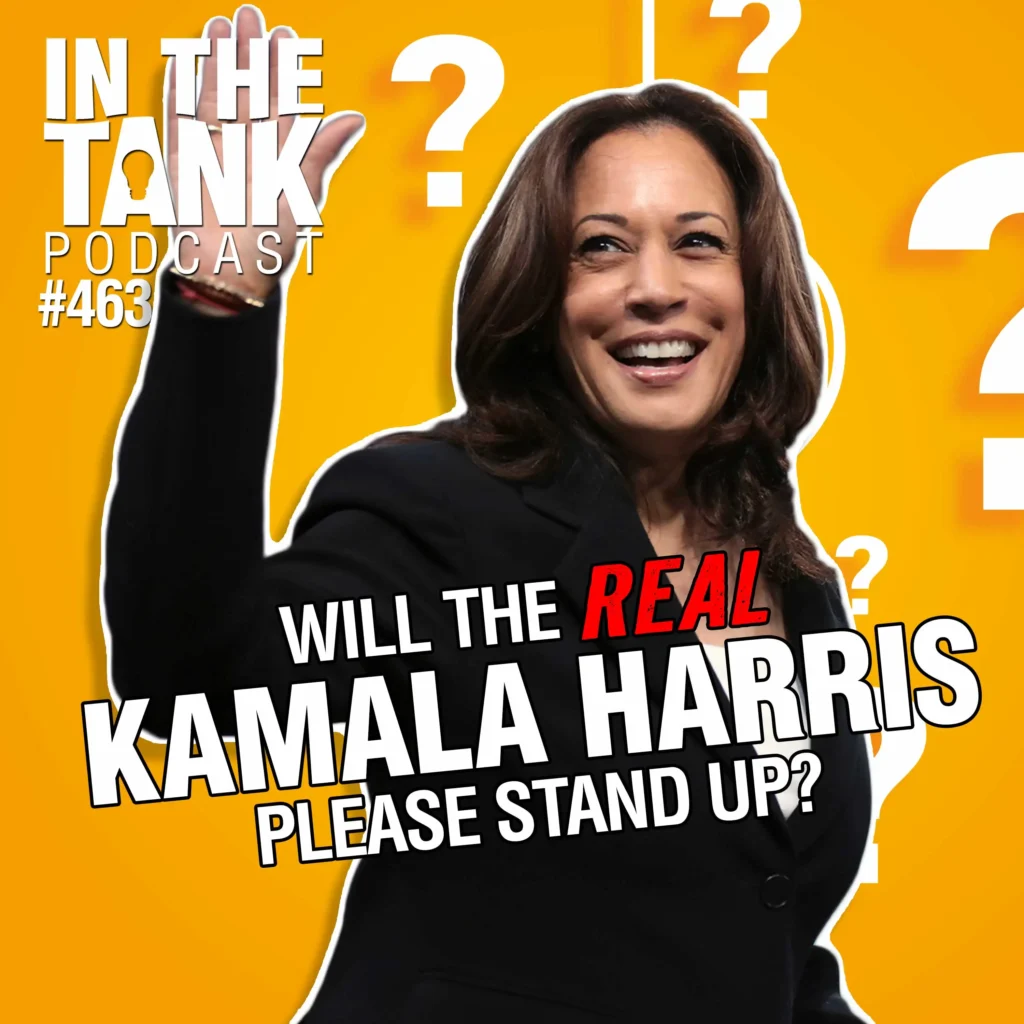Monetary policy in the United States has been the target of a great deal of criticism. Two attempts at what has been called “quantitative easing” have produced confusion and uncertainty. These reactions reflect serious shortcomings of judgment by the Federal Reserve.
There is widespread agreement the Fed made a serious mistake this past decade. Former Fed Chairman Alan Greenspan even admitted the Fed had created too much money. This helped fuel a bubble in housing and other markets.
Policy Reversal
Relatively little attention has been paid to the Fed’s policy reversal after the middle of the decade. Many have assumed Fed policy remained expansive. The doubling of gold prices from 2005 to 2008 seemed to confirm this belief.
Higher gold prices can reflect an overly expansive monetary policy. However, this is not always the case. Higher gold prices can also reflect a rising demand for gold amid concerns over financial stability. This is what occurred from 2005 to 2008.
The Federal Reserve usually increases the money supply by purchasing government securities. It pays for these securities by increasing bank reserves. Bank reserves are referred to as “high-powered” money because they tend to produce a multiple increase in bank deposits, loans, and investments.
From 2001 to 2005 the Federal Reserve increased bank reserves by an average of 5 percent a year. After the usual lag, spending increased rapidly. From 2002 to 2006 current-dollar spending increased at a rate of 6 percent a year.
Reduced Reserves
As this increase in spending led to higher prices, the Federal Reserve shifted to a policy of restraint. There was no increase in bank reserves in the 2006 calendar year. Then, from the end of 2006 until the fall of 2008, the Fed reduced bank reserves by 3 percent.
The shift from four years of increasing bank reserves by 5 percent a year to reducing them by 3 percent represents the most significant monetary restraint since the early 1930s. As in the early 1930s, the shift was followed by a collapse in spending. From the spring of 2008 until the spring of 2009, current dollar spending fell by 3 percent.
More on Reserve
In the fall of 2008, when it became widely apparent that current dollar spending was collapsing, the Federal Reserve began the first of two efforts at “quantitative easing.” Unlike most normal attempts to increase the money supply, these efforts involved massive unique and unusual actions. A byproduct of these actions has been a tendency of banks to keep more of any increase in bank reserves on deposit with the Federal Reserve.
When banks keep deposits with the Federal Reserve, they do not add to the money supply. Hence, it is important to subtract these deposits from any increase in bank reserves in order to determine how much new money or liquidity is in the economy.
Once bank reserves are adjusted for the excess deposits that banks keep with the Federal Reserve, it shows the Fed’s first attempt at “quantitative easing” in late 2008 and early 2009 increased reserves by approximately 12 percent. In response, spending began to increase in the spring of 2009.
Little Increase
Since then, there has been little additional increase. The average annual increase since the third quarter of 2008 has been approximately 5 percent.
Monetary policy is a powerful tool. Opening and closing the monetary spigot has produced a volatile economic climate over the past decade. Since the fall of 2008 the erratic pattern has continued.
Until the Fed exhibits a better grasp of the monetary process, uncertainty over the future course of its policy will continue to weigh heavily on financial markets.
Robert Genetski ([email protected]) is an economist and author of several books. His latest book, Classical Economic Principles, is scheduled for release this spring.



